One of the most popular questions I receive is what are the best cameras and lenses for food photography and what I use or recommend. Obviously it depends on your budget and needs, but after quite a bit of research in the past few years, I’ve come up with this list to help you in making the right decision. Don’t let the many options confuse you; just read everything through as I tried to make it as clear as possible.
Since I only have experience with Canon, this is the brand I‘ll mostly recommend. My brother owns Nikon cameras, so I’ve experimented with it as well, but still have a preference towards Canon.
Disclaimer: Some of the links used on this page are affiliate links and I will earn commission if you purchase through them. However, rest assured that all recommendations are based on my own positive experiences with brands that I trust and use.
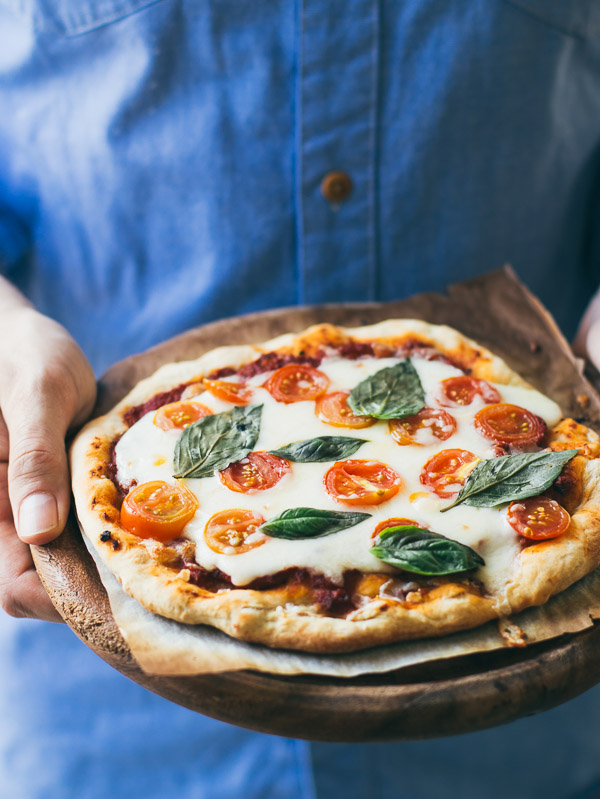
Zoom lenses vs prime lenses
For my food photography, I prefer prime lenses over zoom lenses. Prime lenses cannot zoom in and out, but they have a few other advantages such as their high quality (many times better than zoom lenses), lower weight, and lower cost. Since food is still and nonmoving, zooming in and out is not a necessity for me since I can manually move the camera or tripod closer or farther away when needed.
Zoom lenses are great if you prefer keeping your gear to a minimum and want a more versatile lens that will suit you for not just shooting food, but also for travel or shooting people or events.

DSLR Cameras
Canon EOS 70D – This is my current camera and almost all of my photos were shot using it. I purchased it after a lot of research, and I’m glad I did. It has some amazing features that other cameras don’t, such as:
- You can tilt and swivel the screen for more flexibility.
- It produces very high quality images.
- It has a touch screen, which is my favorite feature.
- It has a WiFi feature that lets you control the camera from your computer or mobile phone, and makes it easy to copy your photos from your camera remotely (no USB cable needed).
- As a bonus, this camera is known for its excellent video quality.
Note – If you decide to purchase this camera, know that for a modest investment (compared to other lenses) you can add a 18-135mm zoom lens (You can add that option when you purchase online). It’s a great value if you want a versatile lens for taking all-purpose photos. I usually recommend buying the body only, but for the cost I think it’s worth it. It’s my husband’s go-to lens for travel and daily photos. However, if you intend on buying another lens for general purposes, there’s no need to purchase this one as well.
Update: There’s now a new model of this camera, Canon EOS 80D.
Canon 5D Mark IV (body only) – I don’t own this camera just yet, but I have borrowed it before and have had time to experiment with it. Its sharpness, colors, and overall quality are simply amazing, but it does come with a price. This camera is going to be my next investment, although honestly, I will miss my current one.
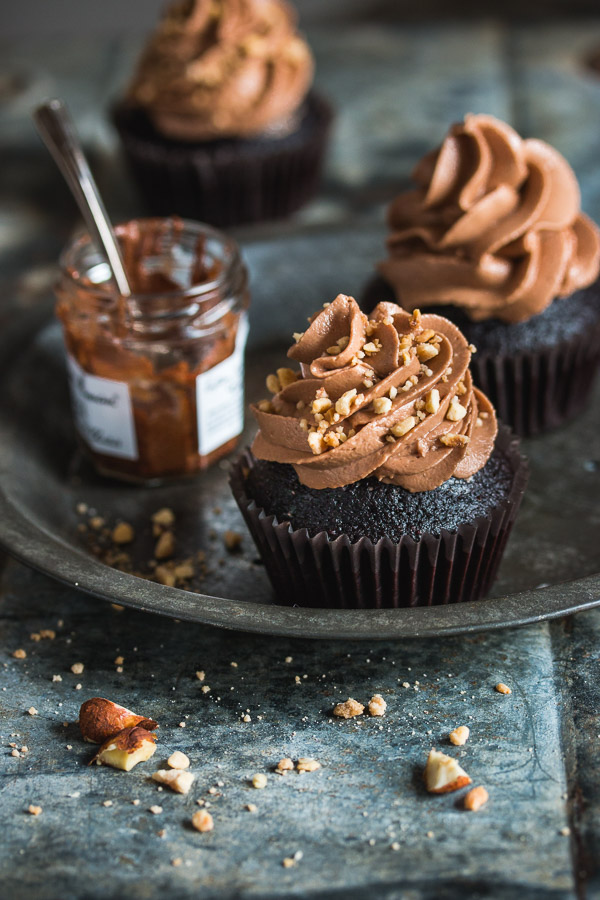
Prime Lenses
Canon EF 50mm f/1.8 – Probably the best lens you can get for such a cheap price. I’d easily recommend it for any beginner.
Canon EF 50mm f/1.4 – This classic food photography lens is my favorite, and it has a reasonable price. It’s great for low-light situations, and I love its bokeh and the soft, dreamy look it gives to my photos compared to the 50mm f/1.8. Its small aperture allows for a shallow depth of field; that is, it helps the primary item you’re shooting to be in focus while all the background has a beautiful blurry effect.
Canon EF 50mm f/1.2 L – If you’re very serious about your photography and want nothing less than the best, then this is the lens for you. The L in the name indicates that this is one of the quality lenses by Canon. With that said, it’s not cheap, so I suggest first purchasing one of the two lenses above and working on your photography skills before upgrading. Also, be sure to keep your specific needs in mind—if you just want to take beautiful photos for your blog, you may not need the very best lens on the market.
Update: I now own the 50mm f/1.2 L and use it almost exclusively. The bokeh is dreamy and amazing, photos are sharp, and colors are great. You can definitely see the difference in quality.
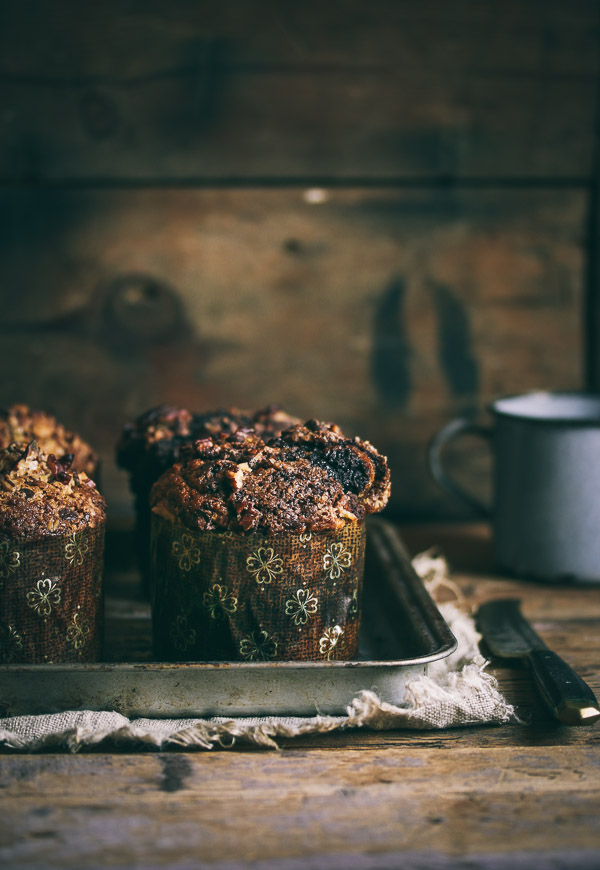
Macro Lenses
I use my macro lens for close-ups and tack-sharp images. If you like to shoot close to the food, then you should definitely consider investing in a macro lens. Nevertheless, I don’t recommend it as the primary lens for your photos; its best use is as a now-and-then lens for special photos.
Both of these lenses are amazing. The 100mm is part of Canon’s L luxury series and is the best of the best. With the 60mm, you’ll need to get really close to the food, but if you don’t have a problem with that, then I highly recommend it since it’s priced at half that of the 100mm.
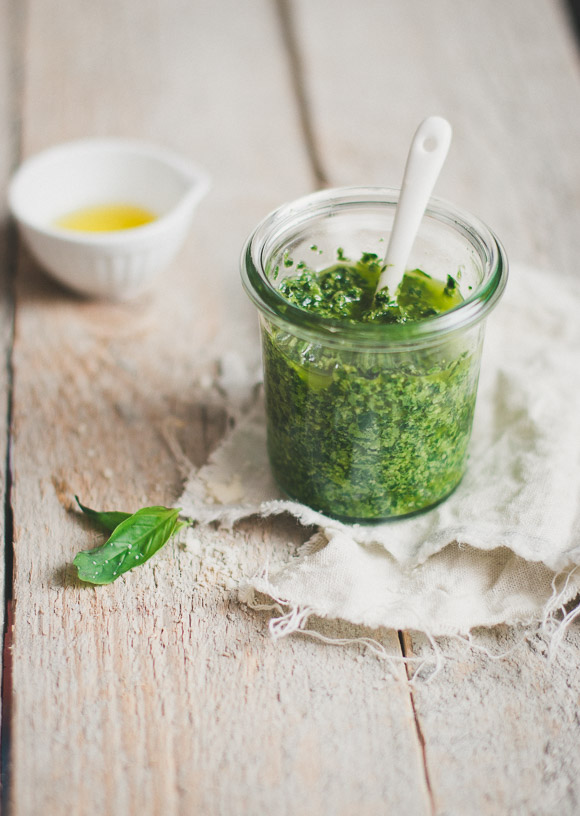
Zoom Lenses
You can read about my preference for prime lenses over zoom lenses above, but if you do decide on a zoom lens, I’d recommend one of these two:
Canon EF 24-105mm f/4 IS L – This high quality lens is both cheaper and lighter than my second suggestion. It’s part of Canon’s L series and has an IS (image stabilization) feature, which is great if you don’t like using a tripod.
Canon EF 24-70mm f/2.8L II – This monstrous lens is very likely to be recommended by most food photographers, and for good reason. Its performance is outstanding in many ways, and the small aperture (2.8) produces a nice quality background blur that’s especially good for food photography.
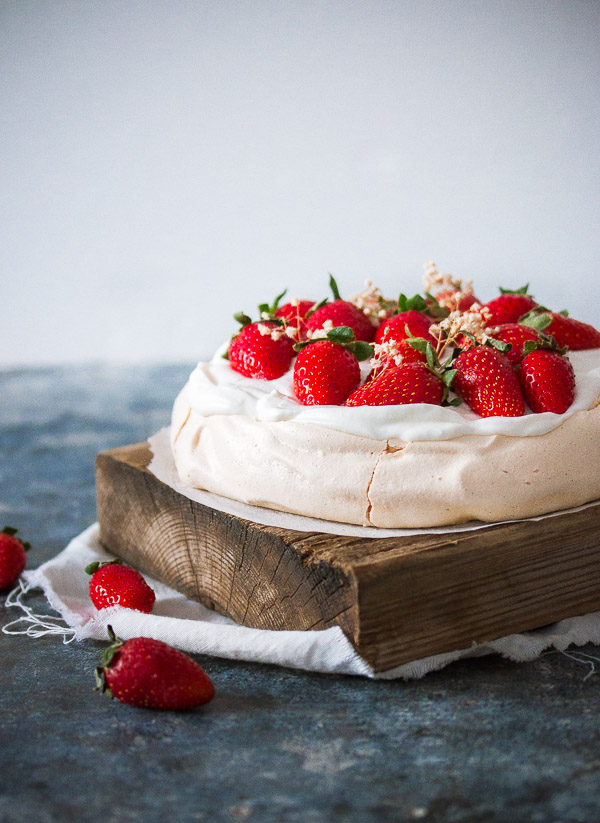
Tripod
I use this steady tripod and it’s amazing, and makes my old tripod look like a toy. You’ll need to purchase a head to attach to it separately. I’m using this one, which is great for taking shots at every angle.
Advice and common questions:
- If you’re just starting out, I suggest investing more in great lenses than a camera body. Camera bodies are pricey and you won’t necessarily need all of their features. Besides, a high quality lens can have an amazing effect on your photos, even if you don’t own the ‘best’ camera.
- The same thing goes for lenses, though. Don’t invest in the most expensive ones right off the bat, especially before you know where this journey will take you. Start with one affordable lens to dip your toes into the water, then upgrade when the right time comes.
- If you’d ask me to choose just one (pretty affordable) lens to recommend to you, I’d say the 50mm f/1.4. I love its soft bokeh, sharpness, and that I can use it in low-light situations. If this lens is not on your budget, go for the 50mm f/1.8.
- If all of the above options are still too pricey for your budget, I’d recommend starting with the Canon Rebel, which is a great camera for its price.
- Remember that even with the highest quality equipment, without practice and learning about the basics, it will be hard to take great photos. I can’t stress this one enough.

johanna says
Hi Shiran. Excellent post! thanks for being a guide.
I want to ask you if the pictures you show in this post were taken with the Canon 70D.
I found your blog on google looking for references to the canon 70D before investing money. I love these pictures, they look good quality.. Very beautiful your blog. I appreciate your response.
Shiran says
Hi Johanna! Thank you so much! Yes, most of the photos on the blog were taken with the Canon 70D. I’ve tried a few other cameras and I can honestly say that this one is a really good one and I absolutely love it. I would highly recommend it but obviously it depends on your needs and budget. As I’ve mentioned in the post, investing in a good lens is just as important!
johanna says
Thank you very much. Yes, totally agree invest in good lenses. I have a 50mm 1.4 and 35mm 1.8; and of course, my wish is to buy a 5D Mark II, but for now I do not have much money, hahaha. Thank you, I go for the 70D.
Shiran says
These are great lenses! Good luck! 🙂
Jack says
Hello, can you get good aerial shots of the table with the 35mm lens on a 70d?
Shiran says
Hi Jack, yes it should be perfect for this type of shots.
Alanna @ Alanna & Company says
So I have a Canon T3i which is a great camera and was within my budget. I also upgraded from the crappy kit lens to a 50 mm 1.8 but I usually shoot in dark restaurants and have issues with getting decently bright photos. I have to use a really low F-stop or slow shutter speed (I think, I’m still a novice) to get a decent image and then a lot of times my image is blurry or doesn’t focus properly on my subject. What lens would you suggest if I wanted another one to supplement my 50 mm 1.8 (which is great for all other shots that I currently take)?
Shiran says
Hi Alanna, if you have issues with dark photos, a fast lens can be useful to you. I love my 50mm f/1.4, it has a reasonable price and it’s great for food photography. The lenses I mention in the article are the ones I have experience with and recommend. It’s always possible to rent lenses and try them out first. The issue of blurry photos can be fixed by using a tripod or by learning more about your camera and its settings.
Heather @Boston Girl Bakes says
Do you have examples of photos with the 50mm 1.2 just to compare to he 1.4? I have the 50mm 1.8 and want to upgrade and would like to get a macro as well and one of the 50mm 1.4 or 1.2 not sure which to go for! Thanks!
Shiran says
Hi Heather, there are some amazing bloggers such as Green Kitchen Stories, KRAUT KOPF, and Minimalist Baker that use the 50mm f1.2, so you can check out their photos. The f1.2 is amazing so if it fits your budget, go for it. I really like my f1.4 for photos for my blog. You can always start with it and then sell it and upgrade.
chantel says
Is it ok to shoot for restaurants with a 50mm f/1.8 if you have a canon 70d? I ask this because of the crop sensor.
Shiran says
I don’t often shoot in restaurants so when I do, I’m ok with the 50mm. On a crop-sensor camera, 35mm (which has a similar look to the 50mm on a full-frame camera) might be a better option for you and should focus close enough. Since the good lenses can be quite expensive, you might want to invest in a zoom lens instead (I highly recommended the two I mention in the above post).
Kasam says
It would be useful to add the camera to the lens, so it’s possible to see which ones are crop sensor and which ones are full frame.
These look fantastic.
I had some issues with getting focus on crop sensorand 50mm f1.4 (Canon). Which is more like 80mm.
So not sure if my best option is to go Macro or full frame.
Annice says
I like the images taken with the 60mm macro lens but I have a full frame camera. Did you take the shots with a full-frame camera?
Shiran says
Thank you Annice. Most of my shots were taken with a crop sensor camera, not full frame.
Tessa says
Hi, really loved this article! I’m just getting into food photography and starting to do a bit of travelling too. I’m wanting to get the EF 50mm 1.4 lens for my food photography but could you suggest an entry level zoom lens for travelling? Thanks so much 🙂
Shiran says
Hi Tessa, I purchased my Canon 70D with the 18-135mm kit lens and it’s a great bang for the buck. You can also opt to invest a little extra and go for the Canon 24-105 (also mentioned in the post).
Tom says
Hello. I’ve just started experimenting with food photography with my entry-level DSLR, a Nikon D3300 with the standard kit lens (18-55mm), f/3.5. I am trying to teach myself how to use it in manual mode and I have taken NOT ONE single photo that is not blurred. The ISO is fixed at 100, the shutter speed usually 1/200 and the aperture f/4. I must be doing something wrong as I cannot seem to take any photographs that are in focus. Do you have any advice? Is the lens I am using completely useless for food photography? Any tips so gratefully received.
Shiran says
Hi Tom, the lens you’re using is not completely useless! The numbers of the aperture and shutter speed sound good enough to have your subject in focus, but try to bump up the ISO (don’t worry about grainy photos or quality for now, it’s just for testing), and shoot at f/4-f/11 and shutter speed set to 1/200-1/400 and see if there’s any difference. Even without a tripod, these numbers should give you a photo with enough focus, if not, there maybe something wrong with this specific lens, and you should contact Nikon. Maybe your camera is set on manual focus? Make sure it’s set on the auto focus mode.
Tom says
Hello again. Thank you so much for taking the time to respond and for your advice. It appears that my camera was set to manual focus and now that I’ve changed it to auto focus, I am able to take much better photographs. Thank you again. I really appreciate your response, without which I would still be completely at sea!
Fotografia Kulinarna - Piotr says
My favorite lens is decisiveness Canon 100 mm f/2.8L IS USM. It is worth investing in it. It is not cheap, but it is worth the money. Greetings from Poland, Piotr